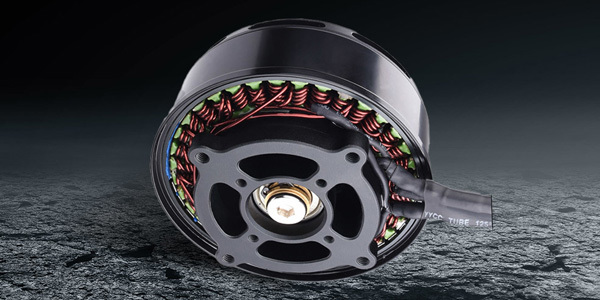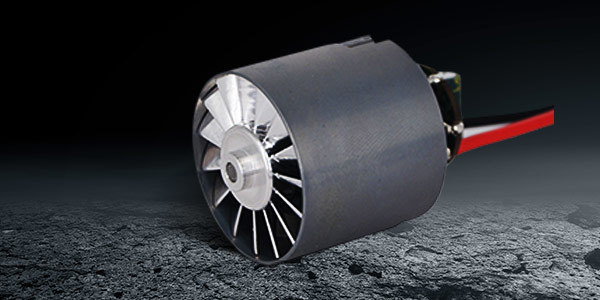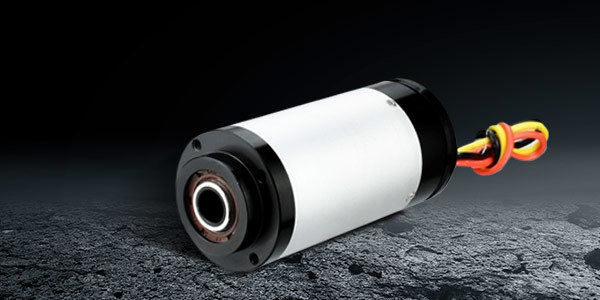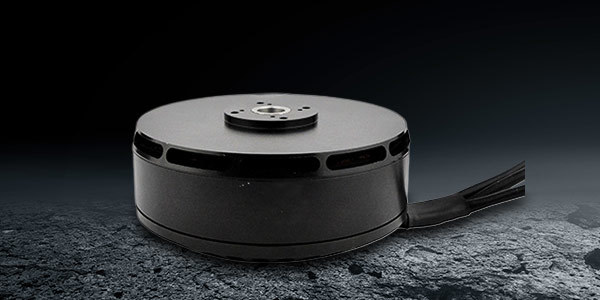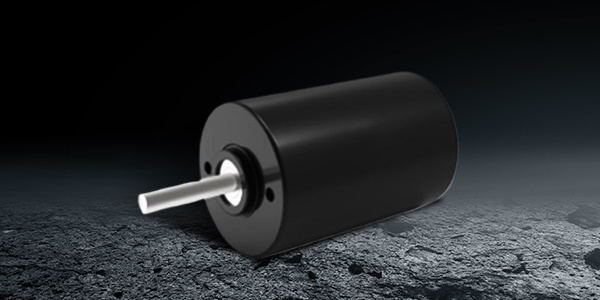Jul 10,2025
High Torque Brushless Motors: Driving Efficiency in All Applications
High Torque Brushless Motors: Driving Efficiency in All Applications Table of Contents 1. Introduction to High Torque Brushless Motors 2. The Mechanics Behind Brushless Motors 3. Key Benefits of High Torque Brushless Motors 4. Applications of High Torque Brushless Motors 4.1 Industrial Applications 4.2 Automotive Applications 4.3 Consumer Electronics Applications
High Torque Brushless Motors: Driving Efficiency in All Applications
Table of Contents
- 1. Introduction to High Torque Brushless Motors
- 2. The Mechanics Behind Brushless Motors
- 3. Key Benefits of High Torque Brushless Motors
- 4. Applications of High Torque Brushless Motors
- 5. Brushless vs. Brushed Motors: A Detailed Comparison
- 6. Installation and Maintenance of Brushless Motors
- 7. The Future of High Torque Brushless Motors
- 8. Frequently Asked Questions
- 9. Conclusion
1. Introduction to High Torque Brushless Motors
High torque brushless motors have revolutionized the way industries approach efficiency and performance. Unlike traditional brushed motors, these brushless variants utilize electronic controllers to manage power supply, resulting in enhanced efficiency, longevity, and torque output. As technology evolves, the demand for high-torque solutions across various applications continues to grow, leading to increased interest in brushless motor technology.
In this comprehensive guide, we will explore the mechanics, benefits, applications, and future trends of high torque brushless motors, providing an in-depth understanding of why they are becoming the preferred choice for engineers and manufacturers alike.
2. The Mechanics Behind Brushless Motors
Understanding the mechanics of high torque brushless motors is essential to appreciate their advantages fully. These motors operate on the principle of electromagnetic induction, wherein the rotor’s magnetic field interacts with the stator’s magnetic field to produce rotational motion.
2.1 Components of Brushless Motors
Key components include:
- **Stator**: The stationary part of the motor, containing windings that create magnetic fields.
- **Rotor**: The rotating component that produces torque, equipped with permanent magnets.
- **Electronic Speed Controller (ESC)**: The device that regulates the power supplied to the motor, ensuring smooth operation and precise control.
2.2 Operating Principle
In brushless motors, the electronic controller adjusts the current through the stator windings, effectively changing the magnetic fields. This process eliminates the mechanical brushes found in traditional motors, resulting in several performance benefits, including reduced friction and wear.
3. Key Benefits of High Torque Brushless Motors
The advantages of high torque brushless motors significantly contribute to their increasing adoption across various sectors.
3.1 Enhanced Efficiency
One of the most notable benefits is their high efficiency, often exceeding 90%. This efficiency leads to reduced energy consumption, lower operating costs, and a smaller carbon footprint.
3.2 Durability and Longevity
Without brushes that wear down over time, brushless motors tend to have a longer lifespan. This durability translates into less frequent replacements and maintenance, making them cost-effective in the long run.
3.3 Improved Torque Characteristics
High torque brushless motors deliver superior torque at lower speeds, making them ideal for applications requiring high starting torque and precise control.
3.4 Quiet Operation
The absence of brushes means reduced noise during operation. This feature is particularly advantageous in applications where quiet performance is paramount.
3.5 Compact and Lightweight Design
High torque brushless motors are often more compact and lighter than their brushed counterparts, allowing for more versatile design options in constrained spaces.
4. Applications of High Torque Brushless Motors
High torque brushless motors find applications across a multitude of sectors, showcasing their versatility and efficiency.
4.1 Industrial Applications
In industrial settings, these motors are primarily used for automation, robotics, and conveyor systems. Their ability to provide precise control and high torque levels makes them suitable for demanding tasks, enhancing productivity and efficiency.
4.2 Automotive Applications
In the automotive industry, high torque brushless motors power electric vehicles (EVs), hybrid vehicles, and advanced driver-assistance systems (ADAS). Their efficient energy use and reliability are crucial for performance and safety.
4.3 Consumer Electronics Applications
High torque brushless motors are prevalent in consumer electronics, from drones to electric bicycles. They offer the performance necessary for high-speed applications while maintaining energy efficiency.
5. Brushless vs. Brushed Motors: A Detailed Comparison
When considering high torque solutions, it’s vital to compare brushless motors with their brushed counterparts.
5.1 Efficiency Ratings
Brushless motors outperform brushed motors in terms of efficiency, often by significant margins. This efficiency leads to cost savings and reduced environmental impact.
5.2 Maintenance Requirements
Brushed motors require regular maintenance due to brush wear, while brushless motors typically operate maintenance-free for extended periods.
5.3 Performance Metrics
High torque brushless motors provide better performance metrics, including higher torque and faster response times, making them suitable for high-performance applications.
6. Installation and Maintenance of Brushless Motors
Understanding how to install and maintain high torque brushless motors is crucial for optimal performance.
6.1 Installation Guidelines
Proper installation begins with selecting the right motor for the application, followed by secure mounting and ensuring the correct alignment. The electronic speed controller must also be compatible with the motor specifications.
6.2 Maintenance Practices
While brushless motors require minimal maintenance, regular checks for loose connections, dust buildup, and ensuring the ESC is functioning correctly can enhance longevity and performance.
7. The Future of High Torque Brushless Motors
As technology advances, the future of high torque brushless motors appears promising. Innovations in materials, controller technology, and integration with smart systems will drive further efficiency improvements and expand their application range.
8. Frequently Asked Questions
8.1 What are high torque brushless motors used for?
High torque brushless motors are used in various applications, including robotics, automotive, and consumer electronics, due to their efficiency and performance characteristics.
8.2 How do high torque brushless motors improve energy efficiency?
These motors convert electrical energy to mechanical energy more efficiently than brushed motors, resulting in lower energy consumption and reduced heat generation.
8.3 Are high torque brushless motors more expensive than brushed motors?
While the initial cost may be higher, the long-term savings in energy and maintenance often make brushless motors more cost-effective over time.
8.4 Can high torque brushless motors be used in extreme environments?
Yes, high torque brushless motors can be engineered for various environmental conditions, including extreme temperatures and humidity levels.
8.5 How do I choose the right brushless motor for my application?
Choosing the right motor involves assessing factors such as torque requirements, dimensions, operating environment, and compatibility with controllers.
9. Conclusion
In summary, high torque brushless motors stand at the forefront of efficiency and performance for a wide range of applications. Their unique mechanical principles, combined with numerous advantages over traditional brushed motors, make them a compelling choice for industries looking to enhance productivity and reduce costs. As we embrace technological advancements, these motors will undoubtedly play a pivotal role in shaping the future of engineering and manufacturing. Embracing high torque brushless technology today can lead to significant improvements in operational efficiency and sustainability tomorrow.
Previous: None
Next: Understanding Sensorless Motor Controllers: A Comprehensive Overview

